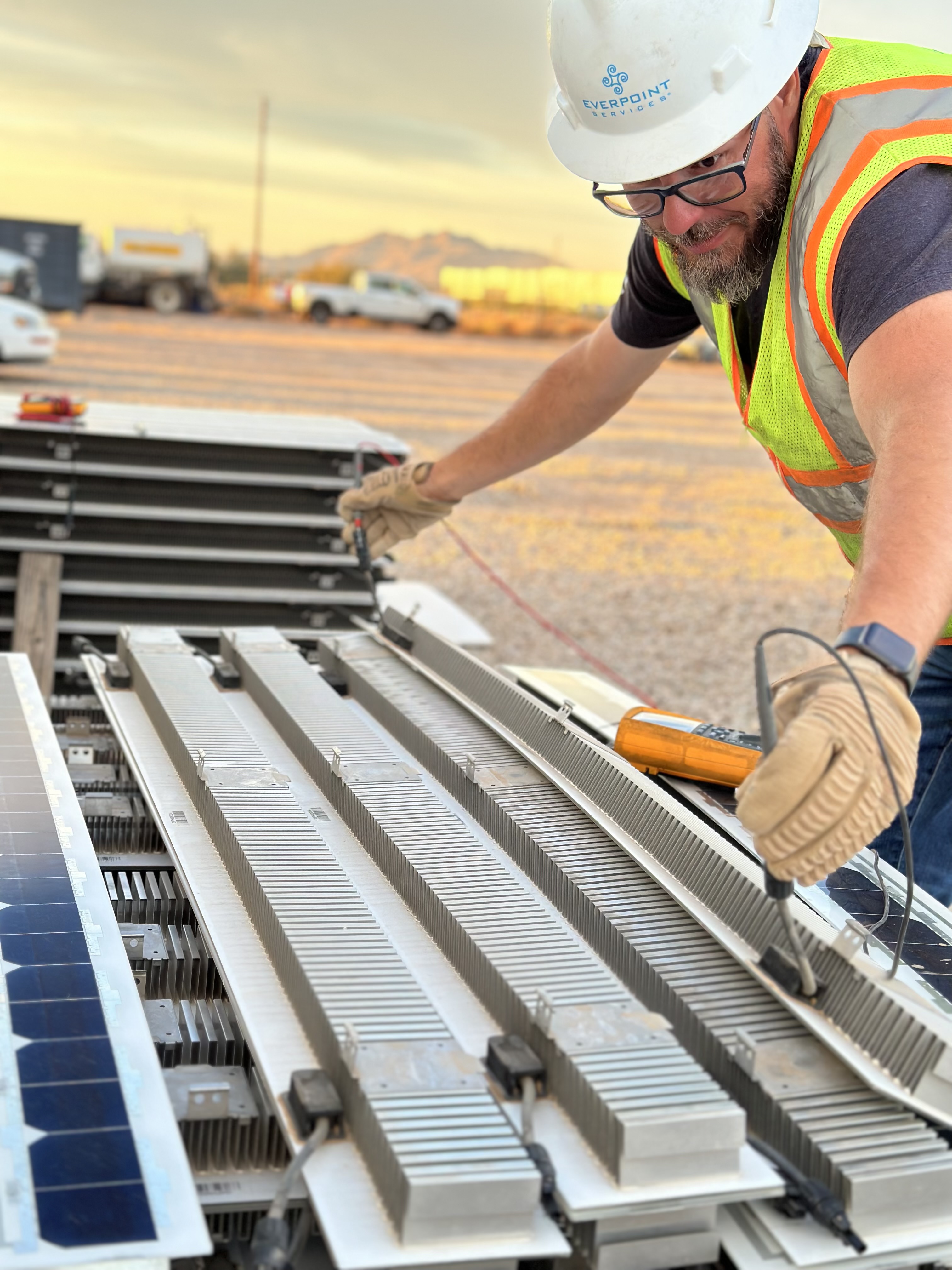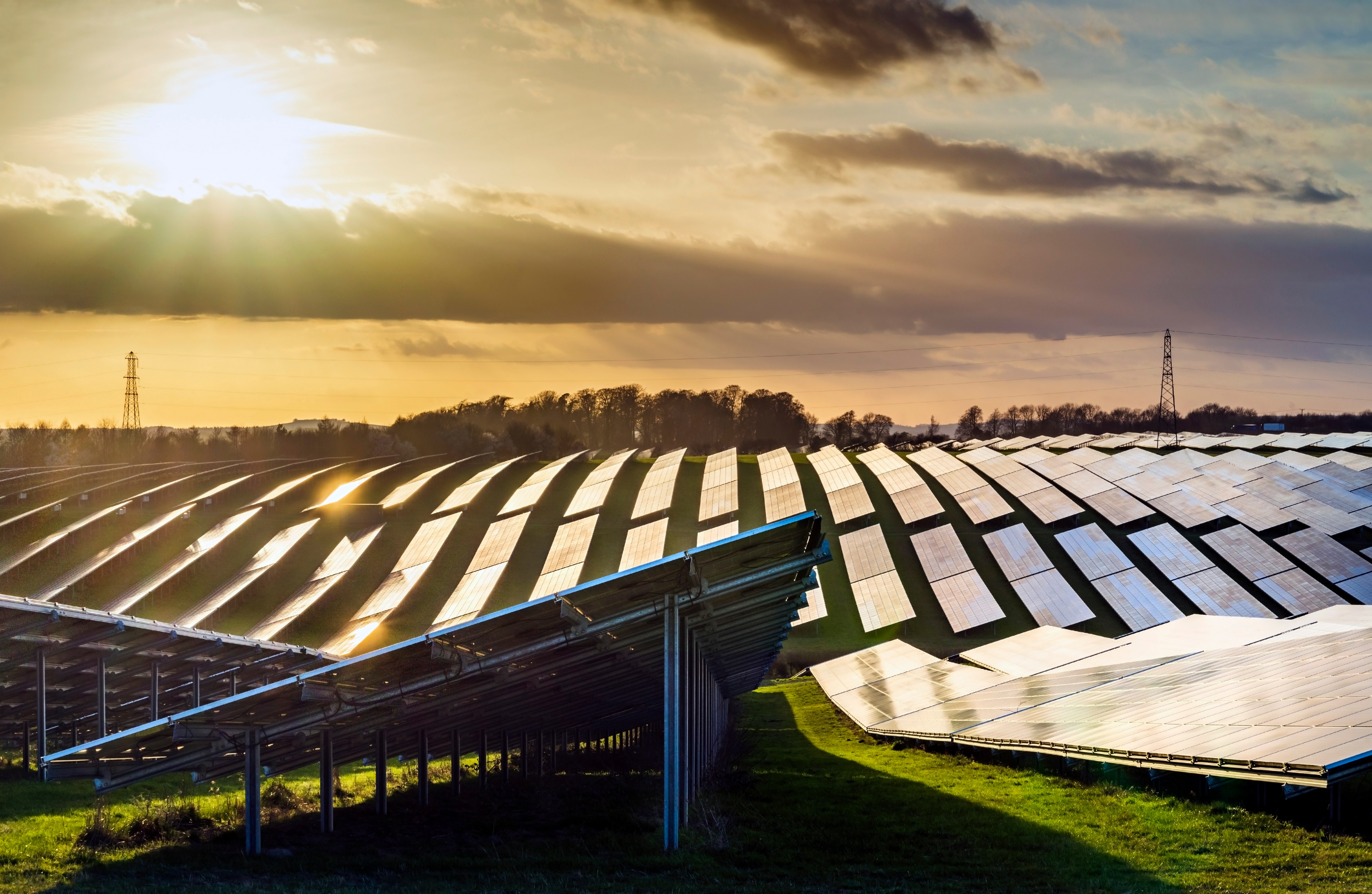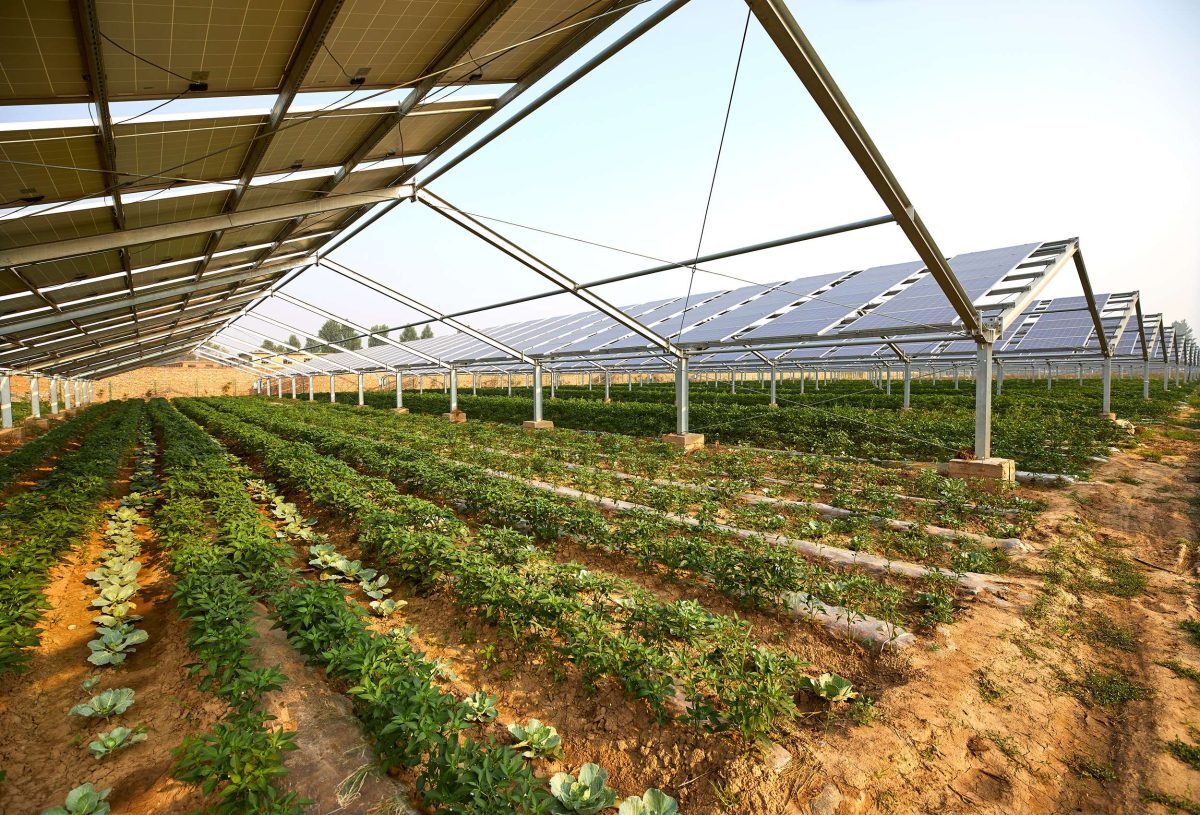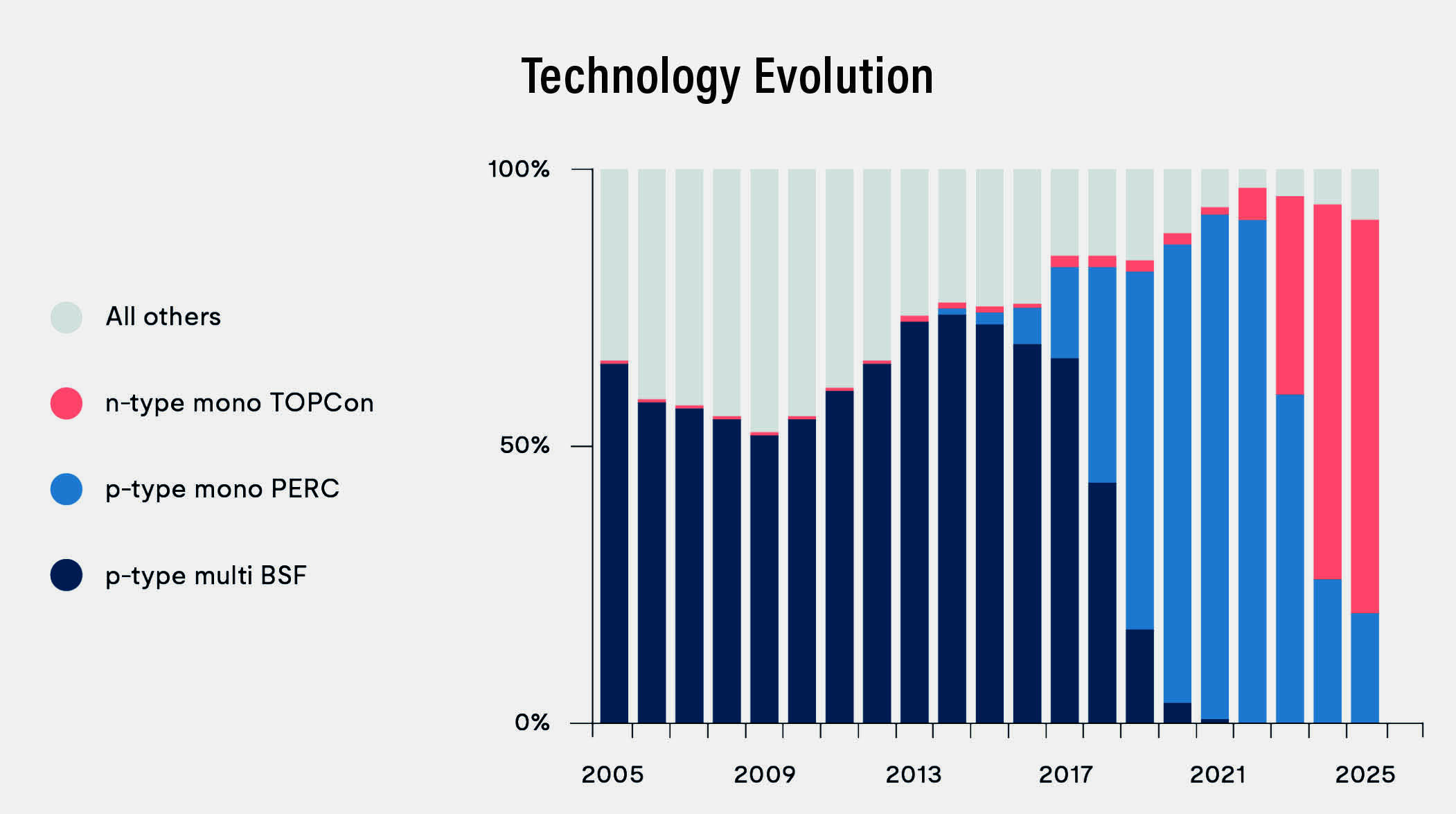Exclusive Articles
Enhancing solar PV performance through weather monitoring insights
Published in: Solar, Think Tank, Exclusive Articles
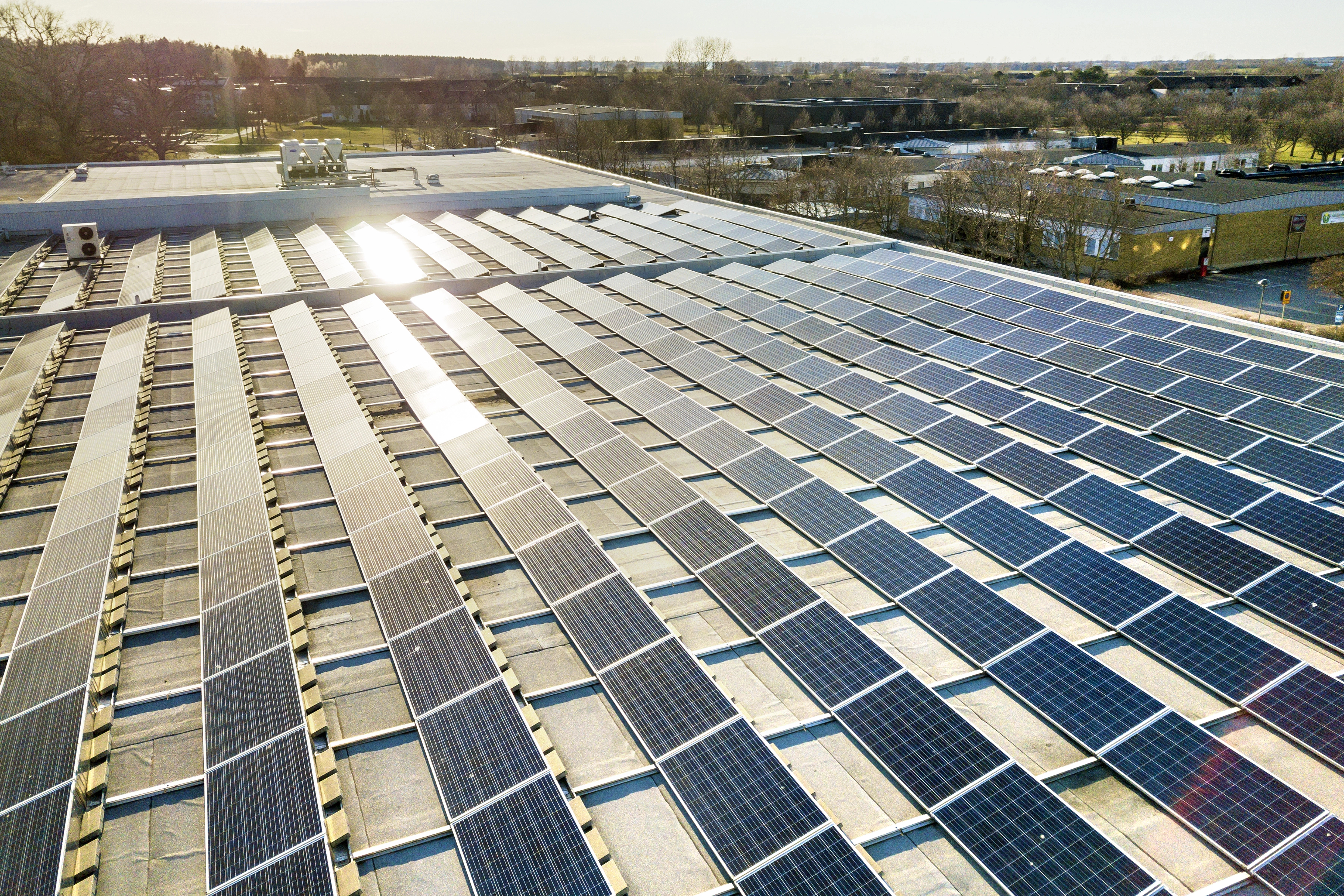
As solar power scales globally and technologies like bifacial modules and smart trackers redefine performance expectations, real-time weather monitoring is fast becoming the backbone of intelligent PV operations. From forecasting and fault detection to yield optimization and cost control, accurate environmental data is reshaping how solar assets are designed, maintained and maximized, laying the foundation for smarter, greener energy systems.
The solar photovoltaic sector continues to expand at an unprecedented pace. Global installed capacity surpassed 1.6 TW by the end of 2023, growing from about 1.05 TW in 2021, a 32 % two‑year increase, with 2022 alone seeing around 228 GW of new capacity and 24 % year-on-year growth. With deployment accelerating worldwide, operators and developers face growing complexity: system optimization, maintenance cost control, energy forecasting and grid integration.
A core, but sometimes under‑emphasized, enabler in meeting these challenges is real-time environmental monitoring. Advanced meteorological stations tailored for solar PV sites, often called PV‑oriented weather stations, now play an essential role in unlocking value across the project lifecycle.
Why environmental monitoring matters
Solar PV output is inherently tied to environmental conditions. Global irradiance is the primary driver of energy generation, while temperature, wind, humidity, precipitation, and atmospheric pressure influence performance, soiling, and equipment health.
To read the full content, please download the PDF below.







